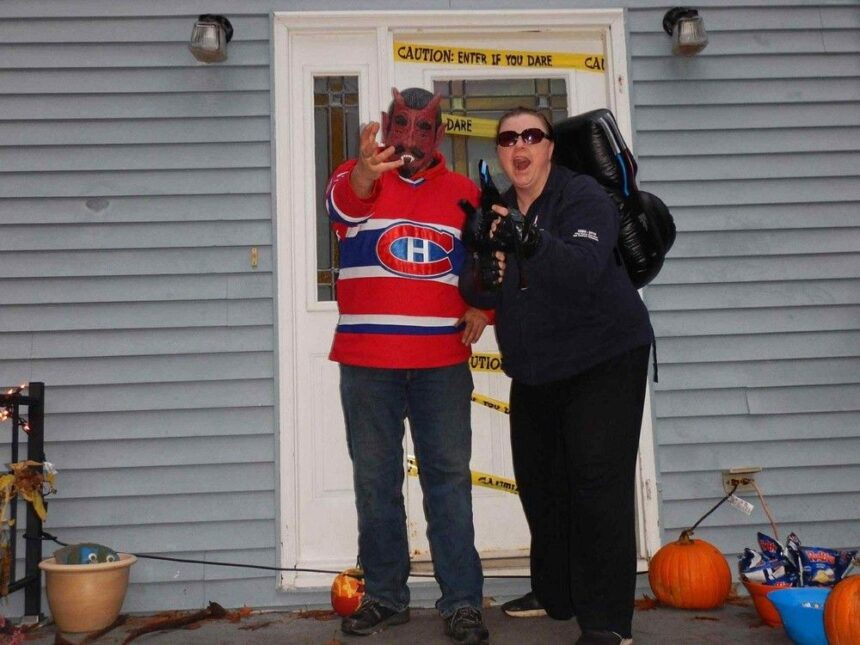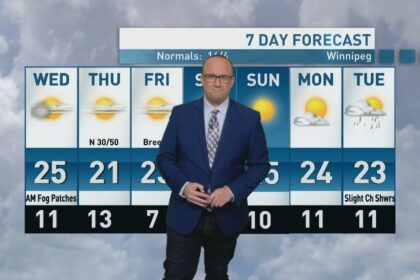Article contentFor example, she notes:Article contentArticle content· Cannabis-laced treats were discovered in Vancouver.Article content· A sewing needle was found in Halloween candy in Saskatchewan.Article content· In Nova Scotia, there were five reports of tampered candy last year, all from families who discovered suspicious items in their children’s treats.Article contentWhile these incidents are relatively rare, they do happen — and some may go unreported, says McWaid.Article content“Taking a few minutes to inspect Halloween candy is a small step that can help ensure a safe and fun experience for everyone,” she says.Article contentHow to Check CandyArticle contentThe most important rule, says McWaid, is to wait until you get home before eating any candy. Once you’re home, take the time to carefully inspect all treats.Article contentArticle contentLook for signs of tampering, such as:Article content· Torn or damaged wrappersArticle content· Tiny pinholes or unusual puncturesArticle content· Discoloration or strange texturesArticle content· Packaging that looks like it’s been opened or resealedArticle contentBe especially cautious with items that seem out of place or don’t look like standard store-bought candy. Discard any homemade treats unless you personally know and trust the person who gave them, adds McWaid.Article content“The best advice is when in doubt, throw it out. A little caution goes a long way in keeping Halloween safe and fun for everyone,” says McWaid.Article content Angie McWaid says it’s important to emphasize to kids to wait until they get home to eat any candy. That gives parents a chance to check the treats to make sure they’re safe. ContributedArticle contentGeneral Halloween SafetyArticle contentWhen trick-or-treating, O’Halloran and McWaid offer these other safety tips:Article content· Stay in well lit areas. Stick to houses with lights on.Article content· Stay outside. Children should never enter a home or vehicle unless it belongs to someone the family knows and trusts.Article content· Cross streets at crosswalks, and not between cars. Parents should consider doing a practice run the week before, because in the exciting moment, children may forget. Avoid unnecessary street crossing and stick to one side of the street at a time — go down one side and back up the other to minimize risk.Article contentArticle content· Stay in groups and don’t go alone.Article content· Make yourself visible. Wear bright or reflective costumes and carry a flashlight or glow stick to help drivers see you.Article content· Plan route ahead of time. Youth going out without an adult should share their route and expected return time with a parent or guardian.Article content· Inspect candy before eating. There have been instances, so be aware.Article content· Watch kids with their phones. If they are on their phones, or taking pictures, youth might not be paying attention to cars. Be alert.Article content· Be careful with dogs and cats. With all the doors opening and closing, or people bringing dogs along with them, there might be some pets on the loose.Article content· Parents should consider going together while the kids trick-or-treat. Stay back and let the kids go by themselves but are still there nearby.Article content· Protect your privacy. Never allow strangers to take photos of your child. If someone asks to take a picture, it’s OK to firmly say no and leave immediately. This happened to McWaid once when her kids were little, and she abruptly told them no and left and reported them.
From checking candy to safety steps: How to keep your kids safe this Halloween












